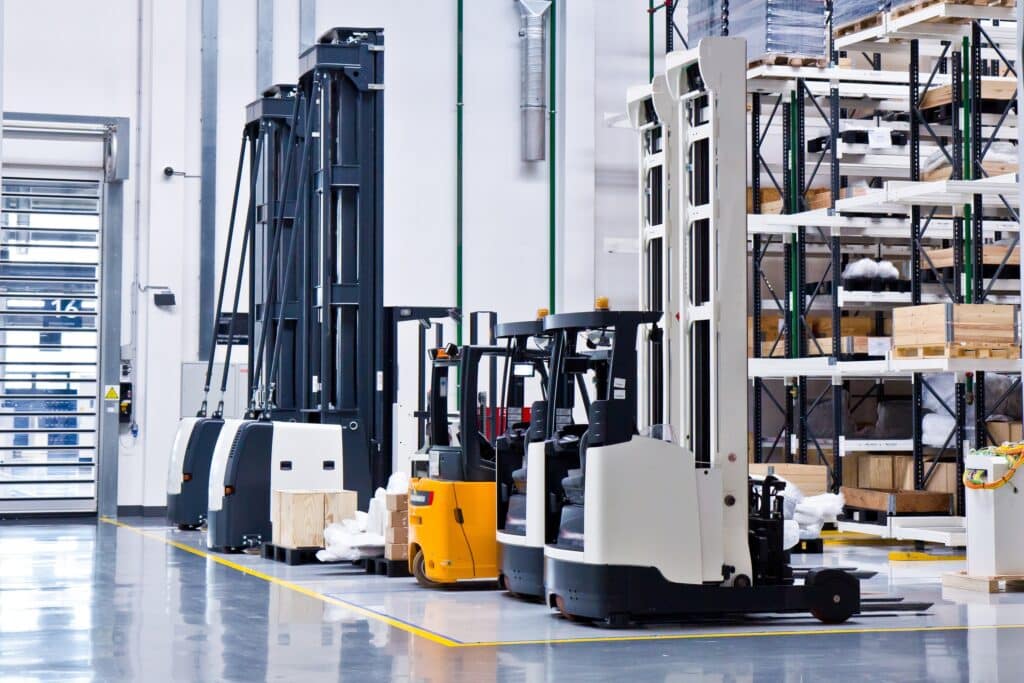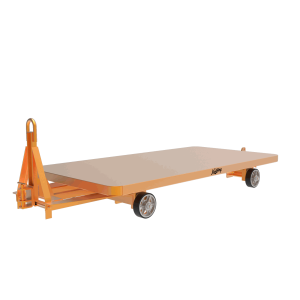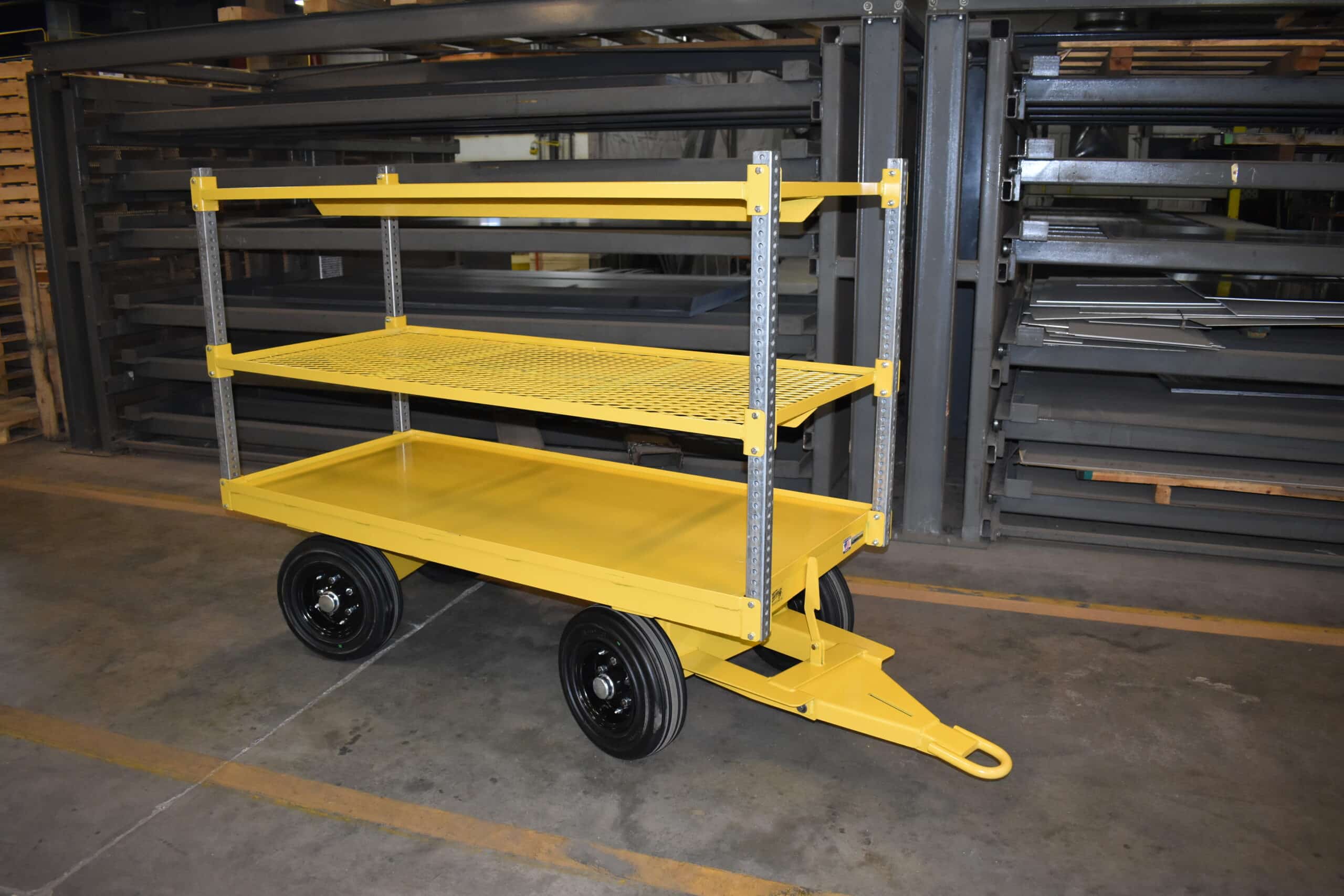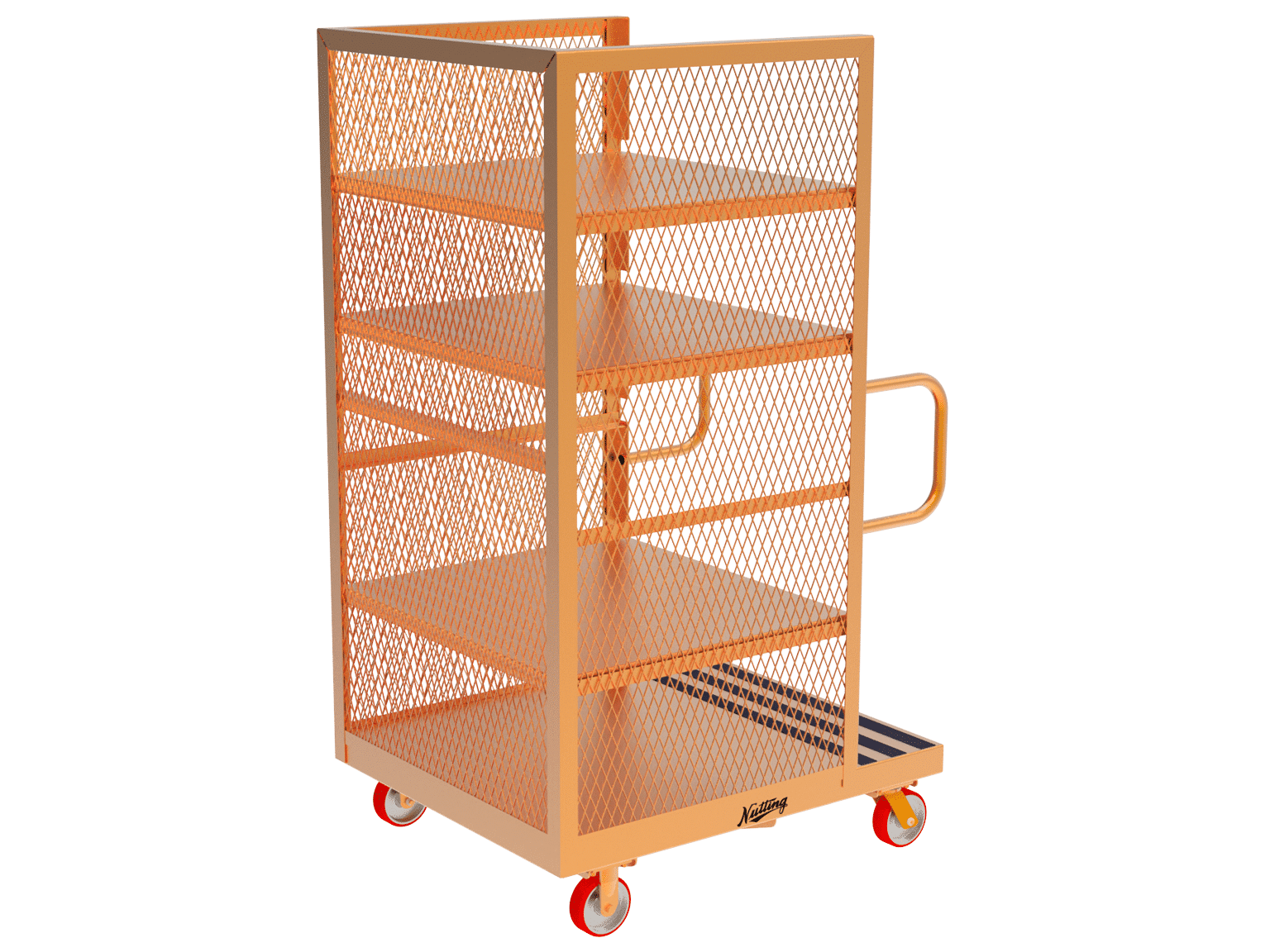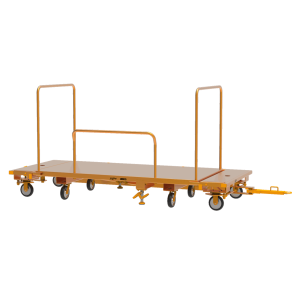In the industrial and manufacturing sectors, material handling equipment plays a crucial role in the movement, storage, control, and protection of materials, goods, and products throughout the manufacturing, distribution, consumption, and disposal process. Understanding the different types of handling equipment is essential for optimizing efficiency and safety in a workplace. Here, we’ll explore the various categories and examples of equipment used in material handling.
Bulk Material Handling Equipment
Bulk material handling equipment is designed to move and store bulk materials such as grains, coal, ores, sand, and more. This category includes:
- Conveyors: A common piece of equipment used to move materials from one location to another. They come in various types, such as belts, rollers, and chain conveyors.
- Elevators: Bucket and grain elevators lift bulk materials vertically.
- Hoppers: Hoppers are large containers used for storing bulk materials before they are conveyed or processed.
- Stackers: A stacker is a large machine used in bulk material handling. It is designed to stack bulk material onto stockpiles in an orderly manner.
- Carts: Carts are wheeled vehicles used for transporting materials within a facility, providing flexibility and ease of movement.

Engineered Systems
Engineered systems are often automated and typically integrated with the structure of the facility and the company’s operational processes. Examples include:
- Automated Storage and Retrieval Systems (AS/RS): These are automated systems that store and retrieve products with precision, speed, and accuracy.
- Conveyor Systems: Advanced conveyor systems can be customized to handle a wide range of materials and integrate with other automated systems.
- Robotic Delivery Systems: Robots can transport products through a facility without human intervention, increasing speed and reducing errors
Industrial Trucks
Industrial trucks are mobile equipment that are not restricted to fixed paths. They include:
- Forklifts: Forklifts are among the most well-known types of material handling equipment, used for lifting and transporting materials over short distances.
- Pallet Trucks: Also known as pallet jacks, these are used for moving pallets within a warehouse.
- Order Pickers: Designed for manual handling of less-than-pallet-load quantities in racking. Used in conjunction with a wooden pallet or an order picker cart.
- Sideloaders: These are used in narrow aisle storage setups for moving and lifting large, bulky items.

Positioning Equipment
Positioning equipment is used to handle material at a single location. It can be used to feed, orient, load, unload, or otherwise manipulate materials so that are in the correct position for subsequent handling, machining, transport, or storage. Examples include:
- Hoists: Used to lift and lower materials.
- Balancers: Compensate for the gravity load, making it easier to position items.
- Manipulators: Allow for the handling of material in a semi-automated manner, reducing manual effort.

By understanding the four types of material handling equipment—bulk material handling, engineered systems, industrial trucks, and positioning equipment—businesses can make informed decisions about what equipment will best suit their needs for efficient and safe operations. Whether moving raw materials into production or finished products into transportation, the right material handling solutions are out there to keep the workflow moving smoothly.
For those in the market for material handling equipment, consider your operation’s specific needs, including the types of materials you work with, the volume of goods to be moved, and the nature of your warehouse or facility. Equipped with this knowledge, you can select the right tools to enhance productivity and maintain a competitive edge in your industry.

